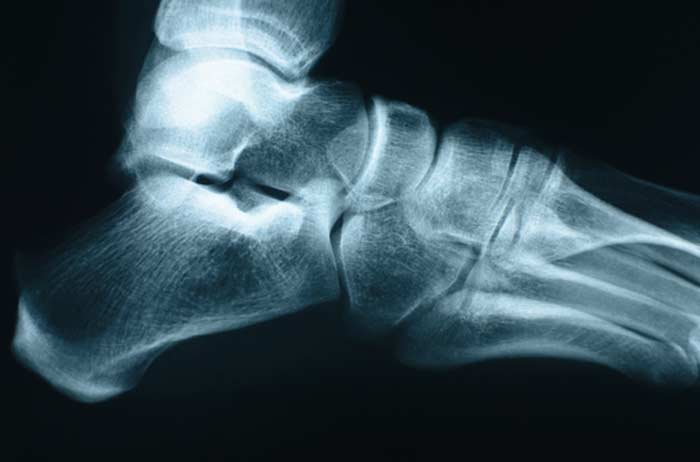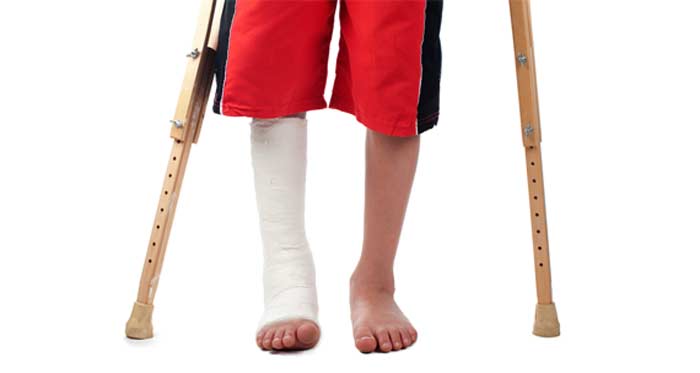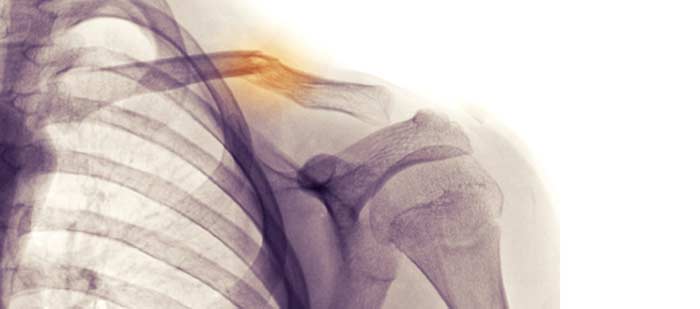
While 50 percent of broken bones in adults occur in arms, any bones can become fractured, including ones around joints and in the spine.
Fractures are breaks in bones. Minor fractures sometimes heal with little no intervention. However, others are severe enough to require medical attention and/or follow-up care to restore function.
The way a bone break is treated will also depend on the type of fracture involved, where it’s located, and whether or not nearby structures or tissues were affected.
Why Fractures Occur
Most fractures are the result of some type of impact, like what may happen when slipping or falling or sustaining a hard blow. Some fractures occur because bones or joints have been weakened by osteoporosis or various forms of arthritis. Infections, overuse, and tumors may also contribute to fractures.


Types of Fractures
Bones can break in many different ways. With a stable fracture, a bone breaks but the broken parts are still lined up correctly. With an open or compound fracture, the broken bone may come through the skin or cause a wound to develop. A comminuted fracture happens when a bone shatters into three or more pieces. Fractures can also be angled (oblique fracture) or horizontal (transverse fracture).
Signs and Symptoms
With some fractures, it’s obvious that a bone break has occurred. Other times, what’s thought to be a fracture is really a sprain, which refers to pain resulting from a ligament that has been torn or stretched. Muscles or tendons that are strained may also produce fracture-like symptoms. Signs and symptoms suggesting a fracture has occurred include:
- Sudden and sharp pain
- Visible redness, bruising, or swelling
- Discolored skin in the affected area
- Suddenly being unable to move the affected area
- Visible changes in the appearance and shape of the affected bone
- Bleeding or skin punctures (with open fractures)
Diagnosis and Treatment
A physical examination typically takes place to determine if a fracture likely occurred. X-rays, MRIs, and other types of images tests are usually done to confirm the fracture and view it in detail to determine how to best treat it. A common treatment for fractures is immobilization with a cast, brace, or traction.
If a bone is broken into multiple pieces or severely misaligned, a procedure known as external fixation may be performed. It involves the placement of pins or screws into bone that’s broken above or below the fracture site connected to a metal bar on the outside of the skin.
Surgery may also involve repositioning bones, inserting rods through the bone’s marrow, or repairing damaged soft tissues. It can take anywhere from several weeks to multiple months for a fracture to fully heal. Physical therapy is often recommended post-healing to strengthen muscles and restore full mobility and range of motion.
Fractures aren’t entirely preventable. But you may be able to reduce your risk of experiencing a bone break by making appropriate changes to your diet as your age. Bone density begins to naturally decline age 30, so a diet that includes foods with bone-supporting nutrients like calcium, vitamin D, magnesium, and vitamin K can certainly be helpful. Fracture risks may be further reduced by wearing protective gear when playing sports and minimizing home fall hazards like loose throw rugs.
